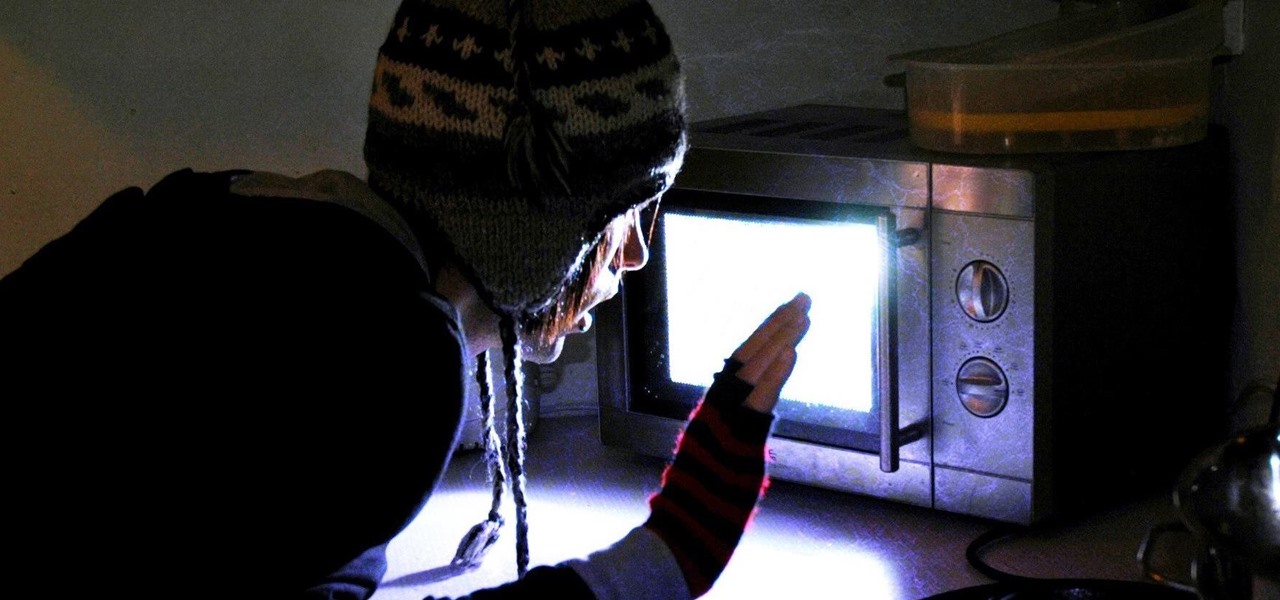Home use microwave ovens are regulated under the FDA's Center for Devices and Radiological Health. The FDA ensures that every microwave sold in the US is tested for compliance with federal regulations. Before a microwave is allowed to enter the market, manufacturers must submit test data to the FDA to demonstrate that their products meet the agency's standards.

One of the key requirements for home use microwave ovens is that they must have protective shields to prevent radiation leaks. Microwave ovens are required to have at least two interlocking switches that stop the microwave from emitting radiation when the door is open. This is to ensure that users are protected from exposure to harmful radiation.
In addition to protective shields, home use microwave ovens must also meet strict power output requirements. Microwave ovens can emit up to 5 milliwatts of radiation per square centimeter when measured at a distance of approximately 2 inches from the surface of the oven. This is known as the "maximum permissible exposure limit". However, in reality, microwave ovens emit far less radiation than this level. The FDA requires microwave manufacturers to ensure that their products never emit more than this safe level of radiation.
Another key safety feature of home use microwave ovens is the design of the oven's door. Microwave oven doors are constructed of a special glass that is specifically designed to prevent radiation from escaping. The door is also created to be seals tightly, to prevent any leaks or radiation from escaping through any gaps. This can be especially important for people who are more sensitive to electromagnetic radiation – for example, people with pacemakers or other medical devices.
Finally, the FDA also requires that all home use microwave ovens come with a user manual that includes detailed instructions on how to use the oven safely. This serves as an important guide for users to ensure that they are operating their microwaves correctly and minimizing their risks when using the appliance.
In conclusion, while home use microwave ovens are a convenient and useful tool for modern kitchens, they also need to be used with care and caution. The FDA's regulations help keep consumers safe by setting strict standards for manufacturers to follow. By offering guidelines on protective shields, maximum radiation exposure, oven door design, and user manuals, the FDA ensures that every home use microwave oven is as safe and risk-free as possible. So, the next time you reheat your coffee or make a bowl of popcorn, you can rest easy, knowing that your microwave has undergone rigorous testing and been designed to protect your health and well-being.